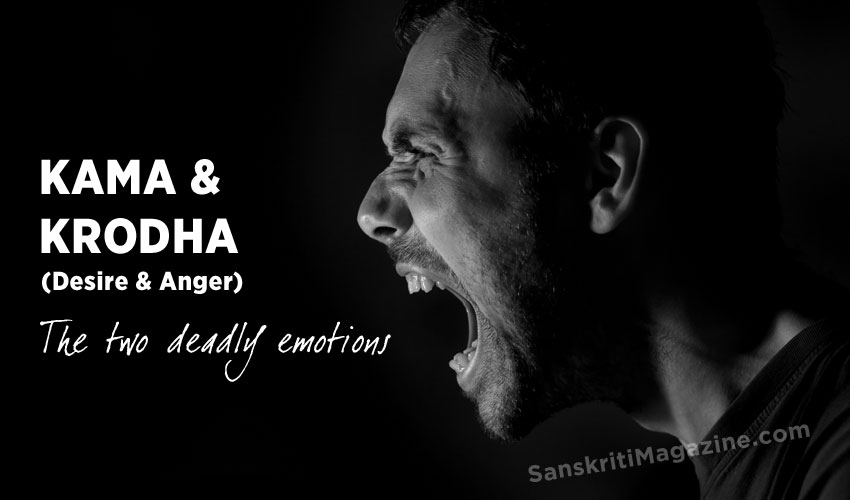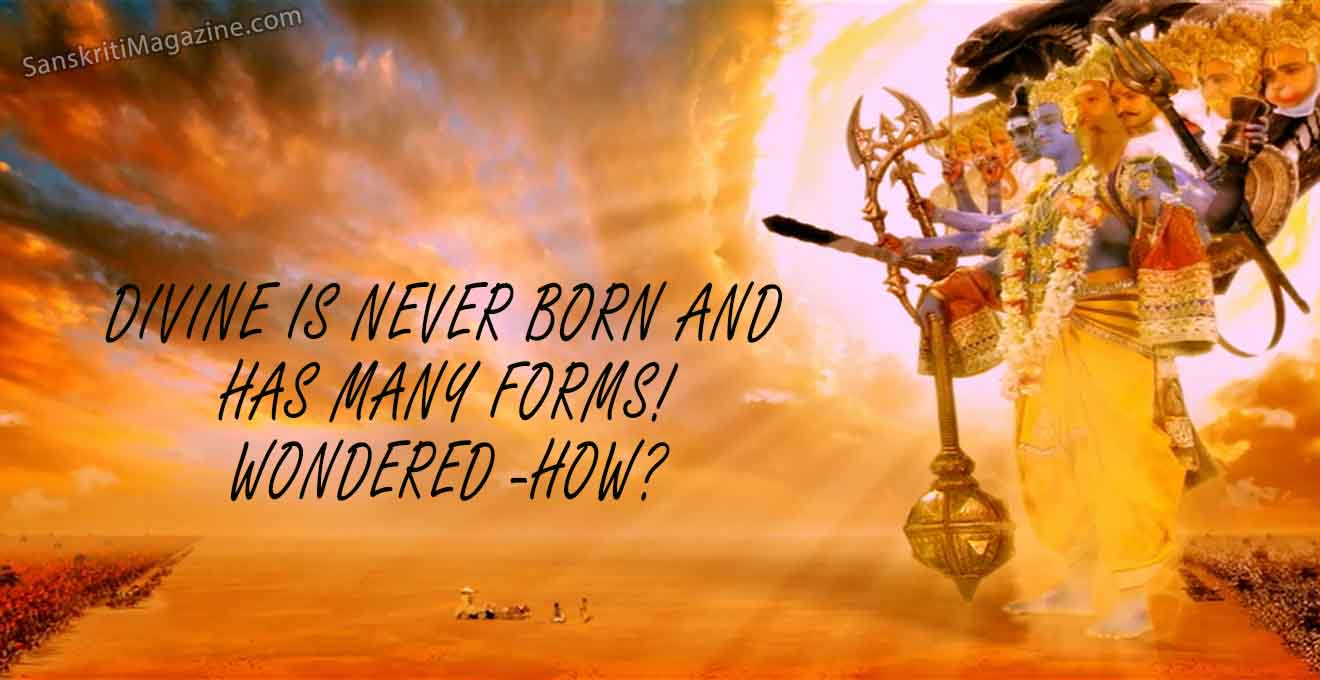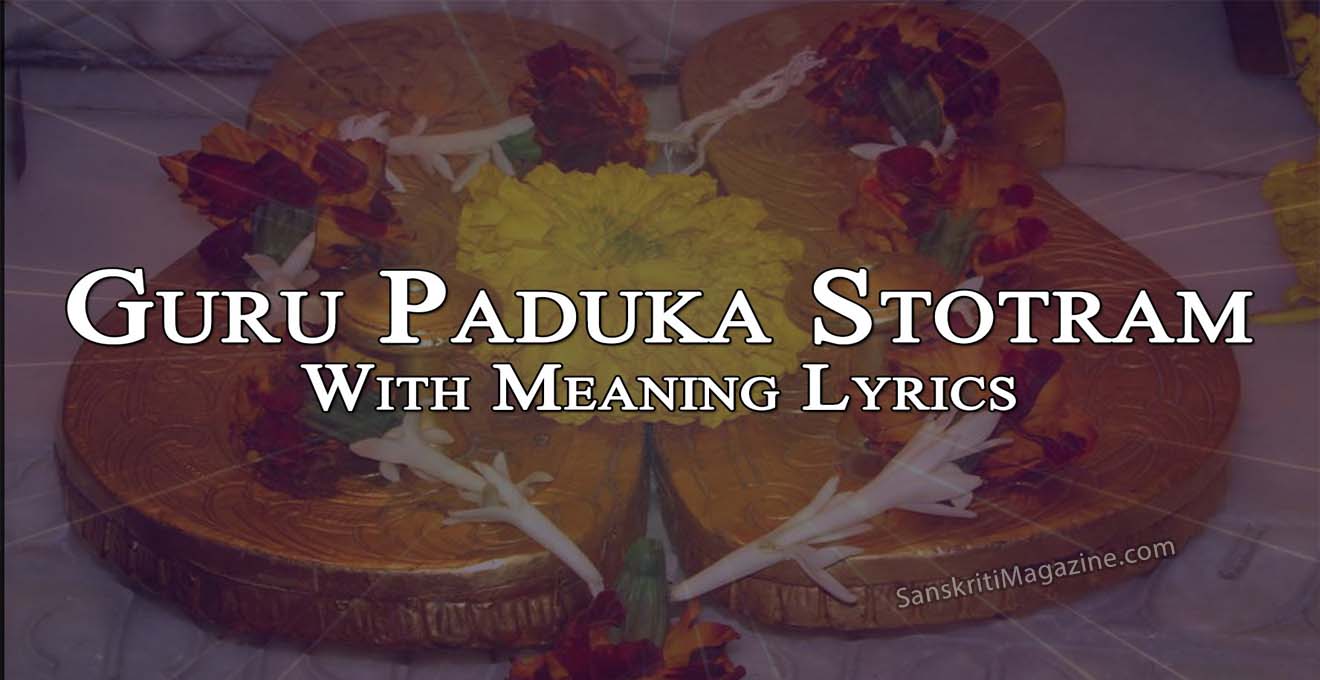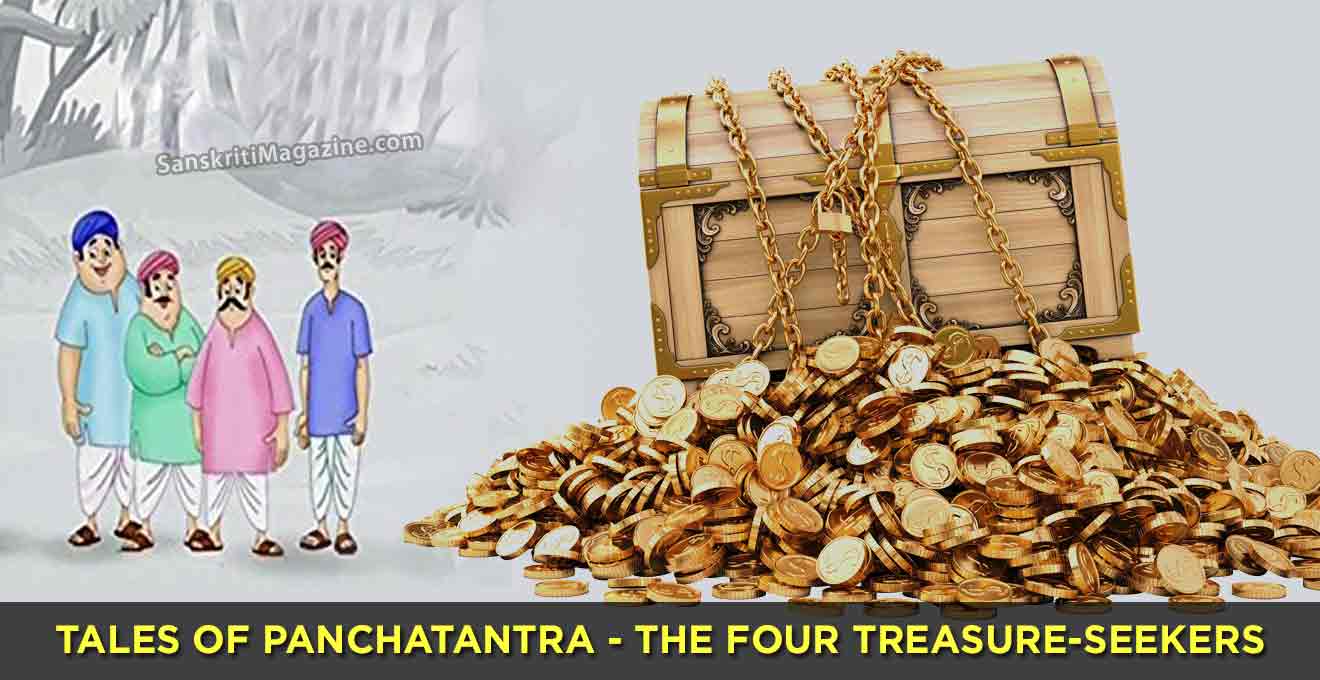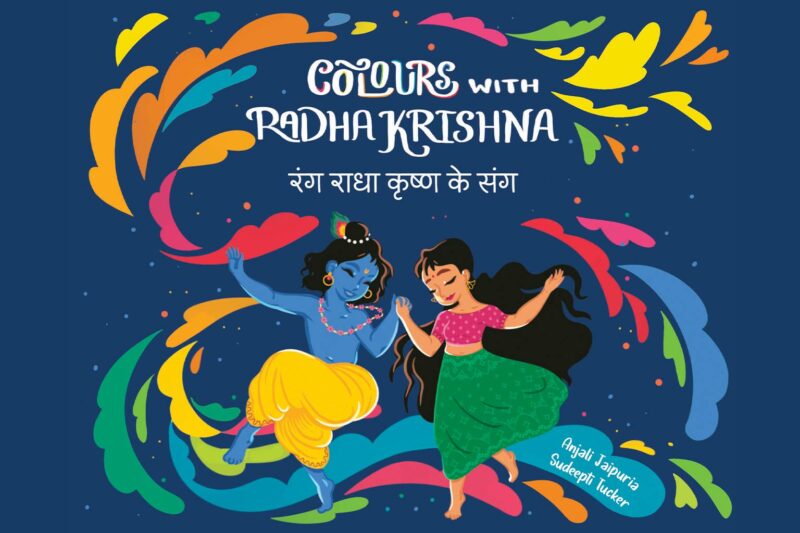It is customary to speak of kama (desire) and krodha (anger) together. Krsna Paramatman says in the Gita that desire and anger goad a man into sinful action. When we intensely desire an object we try to get it by fair means or foul. It is a deadly enemy, desire: it eggs us on to commit sin. Equally deadly is anger.
When we fail to get the object of our desire we turn our anger against the man who, we believe was an obstacle. Unfulfilled desire becomes anger. If we throw a rubber against the wall, it bounces – in other words it returns to us. The ball thrown is desire and it is the same ball that becomes anger as it bounces. The attack we believe we make on others in our anger is actually an attack we make on ourselves-and we are hurt more than those we wanted to hurt. When we are angry our whole body shakes. Anger indeed causes pain both to the body and the mind and we make ourselves ugly when we are angry.
You will know the truth of this if you see a photograph taken when you are in foul mood. Hunger is appeased by eating. But is fire assuaged in the same way? You keep feeding it and it keeps devouring everything. Fire is bright but it chars all that it consumes. Or, in other words, it turns everything black. That is why it is called “krsnavartman”.
Kama or desire is similar. It flares up like fire. The more it is fed the more it becomes hungry. Indeed kama blackens our mind. When a desire is gratified there is joy for the moment, but soon it goes in search of more “food” and the process we lose our peace of mind and happiness and become victims of sorrow and anger. Sorrow and anger are two forms of unrequited desire.
If we think that those who are a hindrance to the gratification of our desire are inferior to us, we turn our anger against them, and if we think they are superior, all we do is to grieve within ourselves. Anger is packed with more evil power than even desire. Naisadham, the story of Nala, illustrates this truth beautifully. As King Kali makes his appearance, desire and anger (kama and krodha) accompany him as his two army commanders. The herald sings their praises. “There is no place that kama cannot gain entry to. No, there is a place he cannot enter. It is the fortress in which anger resides. This fortress is the heart of Durvasas.” Durvasas does not know desire but he is subject to fits of anger.
We must be extremely wary of this terrible sinner called anger. A little thought will convince us that we are not in the least qualified to be angry with anybody or to shout at anybody. We are even more guilty than those against whom we turn in our anger. We know this in our heart of hearts. Even if we are guiltless, before we rush to find fault with someone, we must ask ourselves whether we would not have committed the offence we think he is guilty of were we placed in the same circumstances as he. We must try our best to keep anger always at a distance.
~ Sri Swami Chandrashekarendra Saraswati

